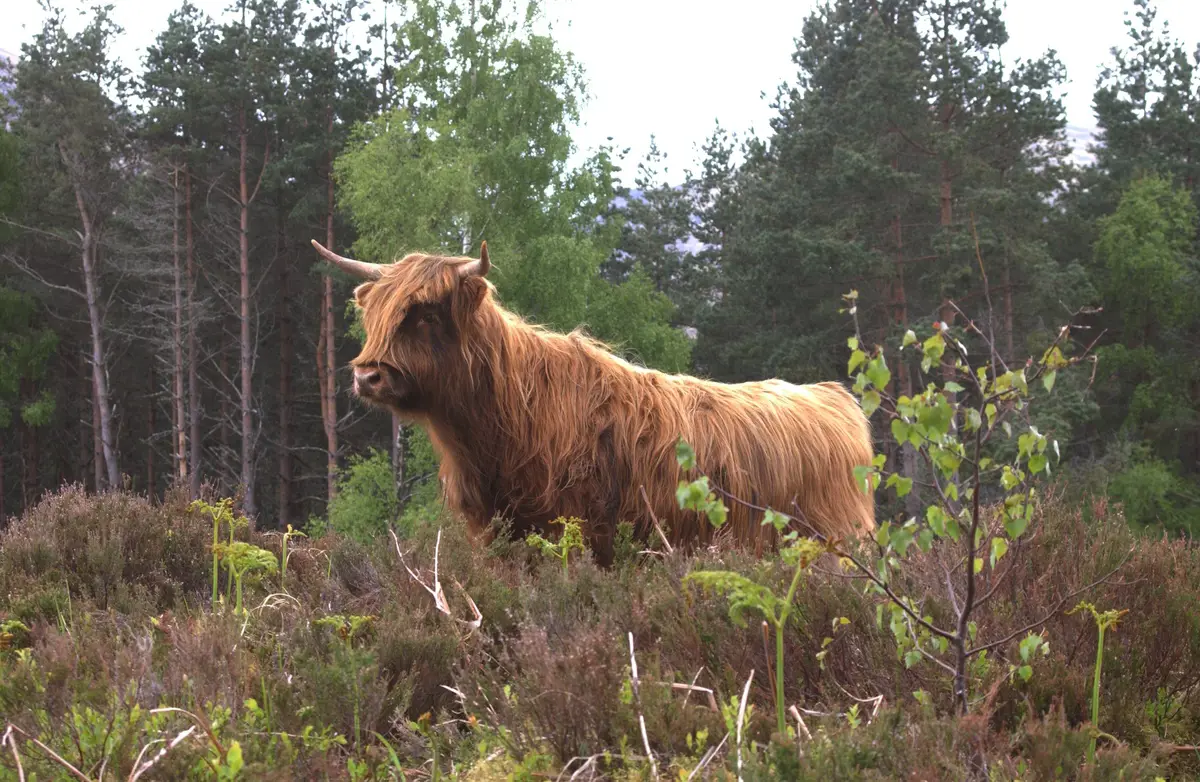Open habitat conservation
Open habitat conservation
About a third of the land we manage is open ground, providing a diverse range of habitats for a huge number of species.
Much of this open ground exists because it is too high or too wet to plant. In other cases we're deliberately leaving areas of open ground in newly created forests to conserve important habitats.
We’re also working to restore some of our rarest open habitats – including lowland raised bog and blanket bogs. We carry out conservation management of wildflower meadows and coastal sand dunes.
In some places, we’ve even introduced conservation grazing to enhance biodiversity. Grazing is needed to preserve grasslands as early stage successional habitats, supporting many different species of plants and insects.
Conservation stories
 Conservation grazing
Conservation grazing
Sometimes, grass-eating animals can be of huge benefit to the success of habitat improvement programmes.
 Coronation meadows
Coronation meadows
In an effort to reverse the loss of wildflower meadows, each county in Britain was asked to identify one locally. We're privileged to manage two!